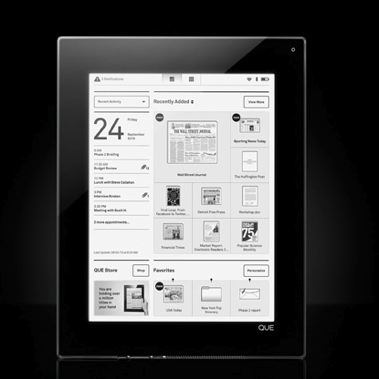Travel News
Leaked Airline Study Offers Anecdotal Evidence Of Electronic Interference
 Can cell phones and personal electronic devices really pose a legitimate threat to air travel safety?
Can cell phones and personal electronic devices really pose a legitimate threat to air travel safety?
Maybe, according to anecdotal evidence based on a leaked confidential report from the International Air Transport Association (IATA).
Between 2003 and 2009, there have been 75 separate instances where cell phones were thought to have caused electronic interference.
In 26 of 75 instances, flight controls like autopilot, autothrust, and landing gear were involved. There were 17 examples of navigation errors, 15 communication system problems, and 13 false electronic warnings.
IATA, a trade group that represents more than 230 passenger and cargo carriers, surveyed anecdotal evidence from 125 airlines, a quarter of the world’s air traffic.
The report cites examples of technical problems that ended after interfering cell phones, iPods and laptops were turned off. For example, when two laptops were in use nearby, a clock spun backwards and a GPS gave incorrect readings.
 Far from a scientific study, the report is based on anecdotes in which crew members believed there was a correlation between electronic device use and interference.
Far from a scientific study, the report is based on anecdotes in which crew members believed there was a correlation between electronic device use and interference.
It is also worth noting that with 32,000 daily flights, 75 instances in a six-year period represents about .0001 percent of all flights.
In a recent ABC News report, Boeing demonstrated how the signals from personal electronic devices were powerful enough to disturb the very sensitive electronic sensors in the passenger area of the planes.
In 2007, the Federal Communications Commission completed a study that prohibited in-flight use of wireless devices due to interference to navigation and communication systems on aircraft. The Federal Aviation Administration (FAA) also regulates the use of all portable electronic devices according to these same reasons.
Providers of in-flight wireless broadband and other communications services are allowed to operate because they use separate air-to-ground frequencies.
By Lily J. Kosner for PeterGreenberg.com.
Related Links: MSNBC, ABC News, Time, FCC.gov
Related articles:












